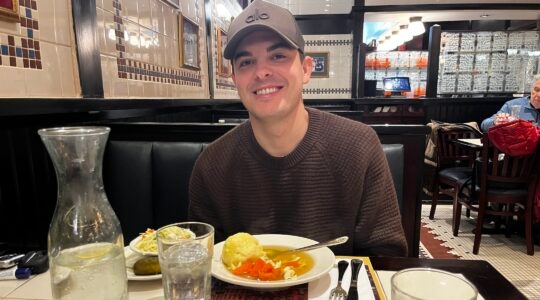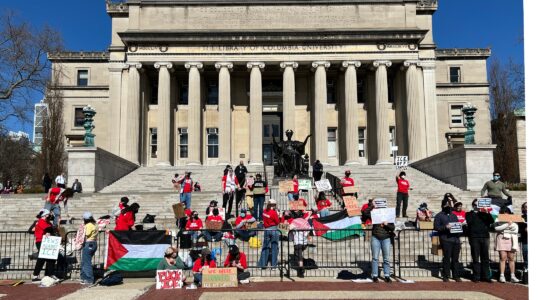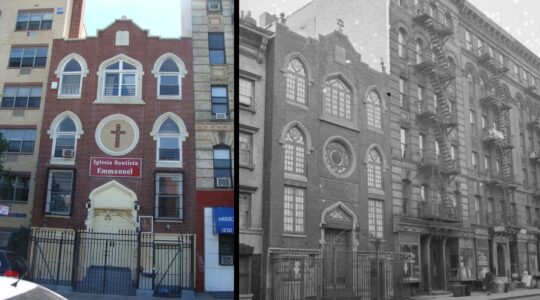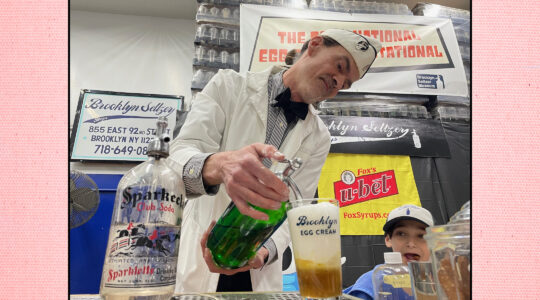It wasn’t safe to be a Jew or an Uzbeki or a Karakalpak or an artist of any ethnicity under Joseph Stalin. You could go from being a great, grand and glorious Hero of the Revolution to being a fascist stooge in the time it took the Leader to smoke his pipe. If Stalin and his toadies were willing to make an artist disappear, then how much less thought would they giving to destroying art?
Igor Savitsky was a son of the upper middle class who survived the Revolution by dint of stubbornness and cunning; he was, in short, the ideal person to save a generation of Soviet art from the government, and his remarkable story makes for compelling viewing in “The Desert of Forbidden Art,” a new documentary by Amanda Pope and Tchavdar Georgiev, which opens March 11.
Savitsky was the kind of inventive character that totalitarian systems produce, a human safety valve who, because of his conman’s skills, was able to find a way of releasing the built-up pressure that is the inevitable product of such a system. Think Sergeant Bilko with an art degree.
A failed painter himself, Savitsky was known as the “rubbish man,” a nickname he earned because he scavenged paintings and drawings that were thrown out by artists who understandably and justifiably feared the secret police. He would also go to the families of artists and ask for their works. What he did next was to spirit away the art to a burgeoning collection in Karakalpakstan, a remote part of Uzbekistan, whose capital became home to a museum that he would fill with one of the greatest collections of avant-garde and ethnic art assembled anywhere in Russia. (According to an article in Wednesday’s New York Times, Uzbek officials are in the midst of a crackdown against the Nukus Museum, officially called the Karakalpakstan State Museum of Art.)
Pope and Georgiev tell this story with great skill, weaving seeming digressions into a complex and rich tapestry, with the astonishing color palettes of the artists themselves providing a vivid accompaniment to the testimony of survivors and descendants. Only through Savitsky’s efforts were the paintings of Elena Korovay, brilliant records of the life of the Jewish community of Bukhara, preserved. Savitsky was also responsible for saving the drawings of Nadezhda Borovaya, who documented the life of prisoners in the Gulag with unsparing realism.
“The Desert of Forbidden Art” presents a rare look at an outstanding collection of art hidden in plain sight, far away from tourists and secret police alike.
“The Desert of Forbidden Art,” produced, written and directed by Amanda Pope and Tchavdar Georgiev, opens March 11 at the Cinema Village (22 E. 12th St.). For information, call (212) 924-3363 or go to www.cinemavillage.com.
The New York Jewish Week brings you the stories behind the headlines, keeping you connected to Jewish life in New York. Help sustain the reporting you trust by donating today.




